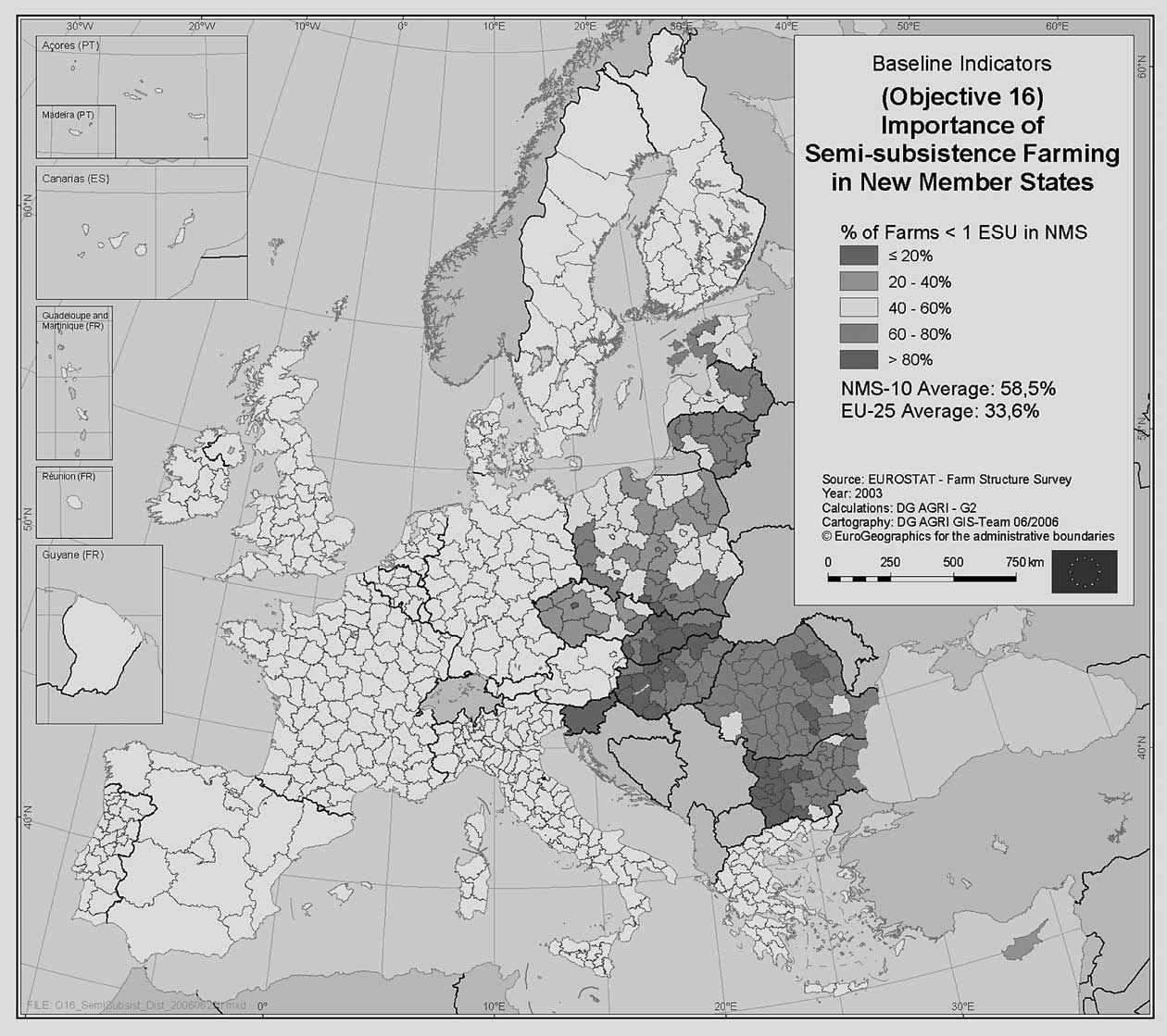tional open markets in local towns, still a major avenue of distribution in France and the South of Europe, or farmers' markets that may take place on farms, or sometimes within open spaces in towns. Farm shops that may have started to sell the produce of the farm often develop to sell a diversity of products and services not produced on the farm itself but offering to the urban customer an attractive shopping experience.
The dominant position of multiple supermarkets in the UK led the Competition Commission to examine the food supply chain, pricing and the land banks owned by these companies (Wardell, 2007). They expressed concern about the extent to which owning but not developing sites impeded competition from other retailers. Overall, they concluded that consumers had benefited from the emergence of strong supermarket chains. |
|
Cooperative responses to market power
Farmers have used cooperative buying and selling power to challenge the increasing power of transnational agricultural businesses. In the US and Europe, the agricultural cooperative movement flourished from the beginning to the mid-20th century. Farmers joined cooperatives to market agricultural products, as well as to obtain farming inputs and services. In Canada, the establishment of state marketing boards was a way to help farmers obtain fair prices for their products.
For example, after WW II, farmer cooperatives thrived. The total number of farm cooperatives in the US declined from a peak of 12,000 1930 to 6,293 in 1980 to 3,140 in 2002. Today less than 3 million farmers belong to cooperatives in the US. In Europe, cooperatives are very important and powerful organizations in the marketing and processing |

